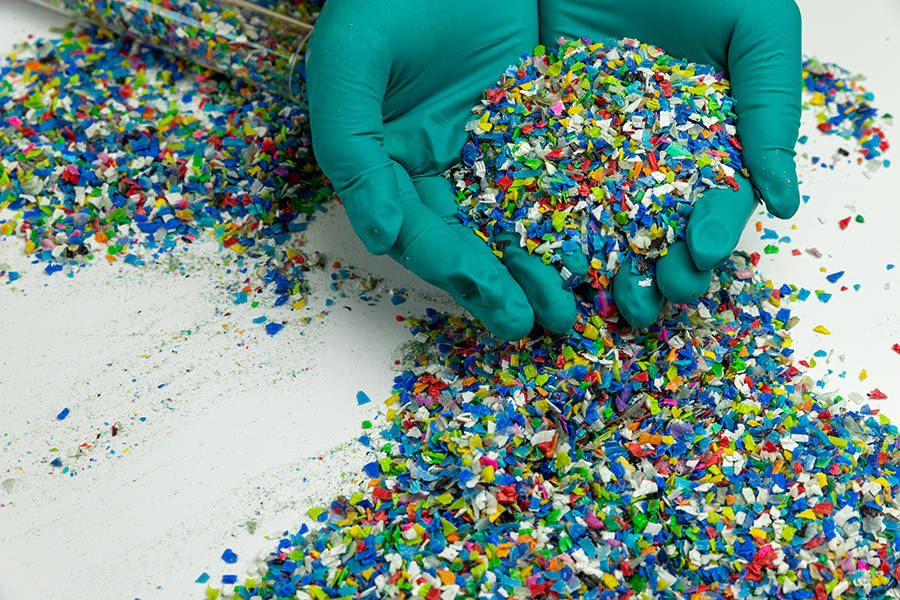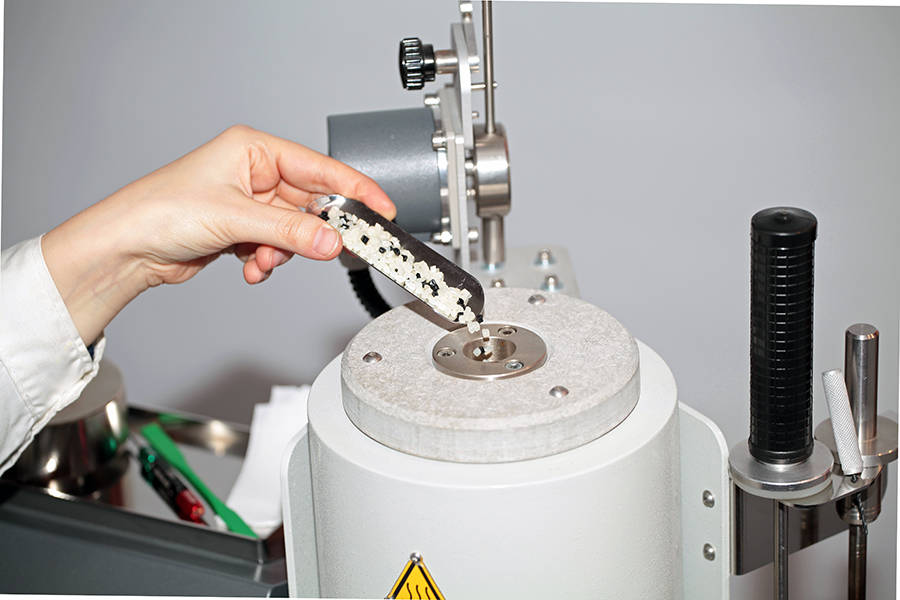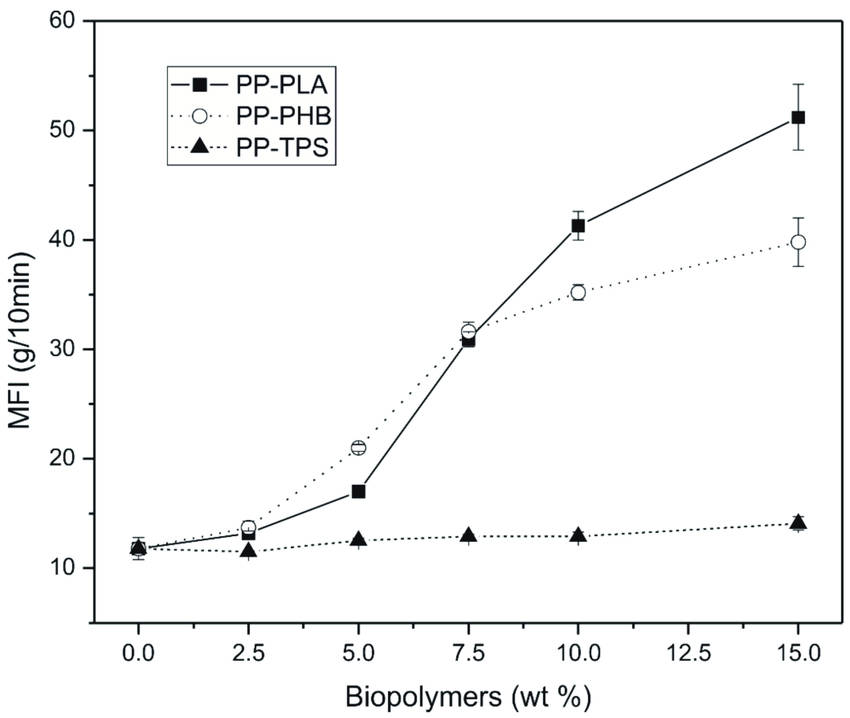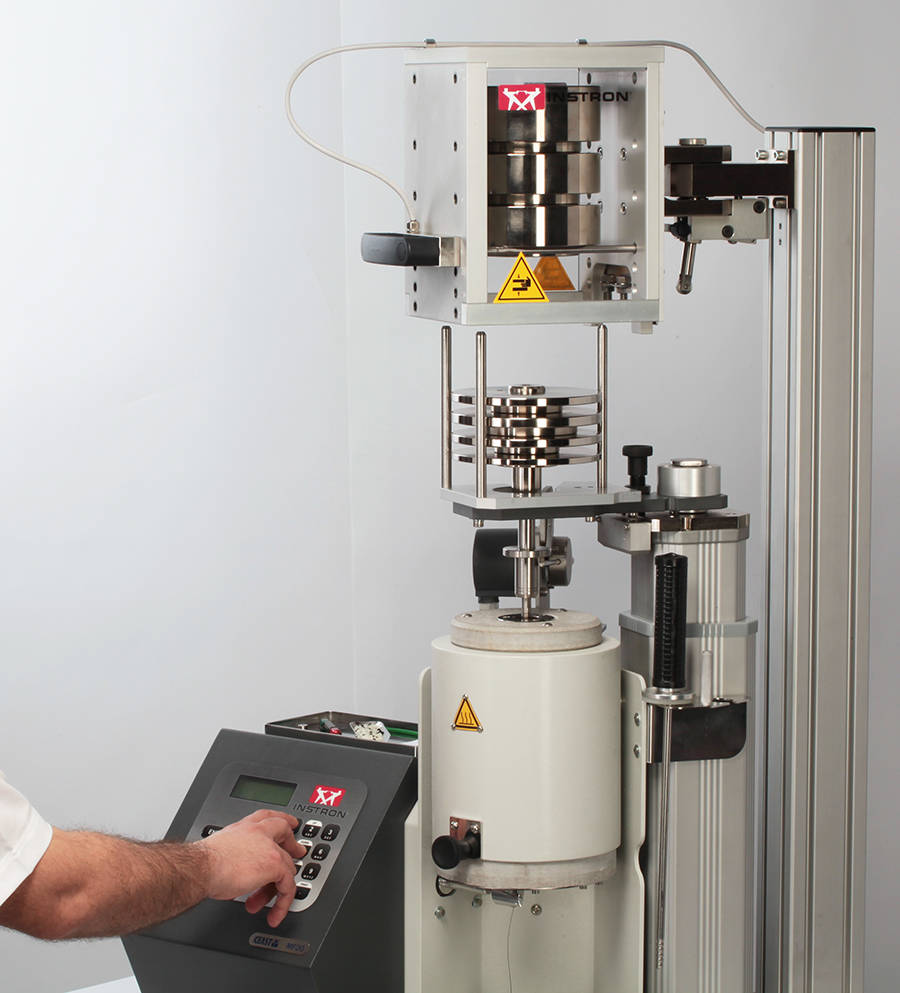The transition to sustainable plastics
Governments and organizations around the world are taking steps to reduce plastic waste. Unsurprisingly the biodegradable packaging market is expected to experience significant growth in years to come.
The EU recently introduced new legislation to ban several single-use plastic items. Additionally, as part of the European Green Deal, the Circular Plastics Alliance is now committed to expanding the EU market for recycled plastics to 10 million tonnes by 2025. The European Commission is also focusing on new ways to promote the use of bio-based, biodegradable and compostable plastics.
Other countries are following suit. In the UK, a new plastic packaging tax is due to come into force in April 2022. It will affect plastic packaging manufactured in, or imported into the UK, that contains less than 30% recycled plastic.
In the US, the Break Free From Plastic Pollution Act of 2021, currently under discussion, sets to “reduce the production and use of certain single-use plastic products and packaging”.

Recyclable and biodegradable plastics: a definition
There is now a growing variety of plastic materials that are partially or entirely recyclable. According to the global definition of recyclability developed by the Association of Plastics Recyclers and Plastics Recyclers Europe, a product that is considered recyclable must meet four conditions:
- It is made using plastic that is collected for recycling, has market value and/or is supported by a legislatively mandated program.
- It can be processed with commercial recycling processes.
- It is sorted and aggregated into defined streams for recycling processes
- The recycled plastic becomes a raw material that can be used to manufacture new products.
A material or finished product is considered biodegradable if it completely decomposes after disposal, typically within one year.
Biodegradable materials may be partly or entirely derived from plants, but some petroleum-based plastics can also be engineered to achieve biodegradability.
Some biodegradable materials are also compostable, meaning they can decompose into soil conditioning material, typically within six months. Composability is specified by the ASTM standards D6400 and D6868 as well as EN 13432.
The melt flow index of recycled and biodegradable materials
Melt flow rate testing is critical to determining how the recycling process affects the quality of a material. The melt flow index (MFI) may decrease as a result, meaning the material becomes more viscous and difficult to process. A 2020 study found that the flowability of a virgin PA6 decreased after recycling. Another study found that recycled ABS tended to become denser compared to its virgin state.
By running repeated, comparative MFI tests, recyclers can optimize the process to obtain a higher MFI and better processability. Similarly, raw material producers can run tests on different blends of biodegradable material to compare their melt flow rates (MFR) and optimize production.

What are the challenges?
Having to perform multiple MFI tests on a growing volume and variety of recycled and biodegradable materials can be challenging. The tests may be run according to different standards that vary depending on the region where the material will be used. Frequent test setup changes are, therefore, the norm, which can create bottlenecks and harm productivity. With more tests to handle the chances of making mistakes also increase, which can affect repeatability.
Another challenge relates to the melt flow behavior of the materials. Biodegradable plastics in particular tend to display high MFIs and, therefore, a high velocity. Figure 1 shows how the higher the percentage of biodegradable polymer in the material, the higher the MFI.

Figure 1: Plot of MFI vs. wt.% biodegradable polymer (source: https://www.researchgate.net/figure/Plot-of-MFI-vs-wt-biodegradable-polymer_fig4_328032619)
Unless the melt flow tester can achieve high throughput, testing these materials at speed can be problematic.
Improving repeatability and throughput with the latest melt flow index testers
The latest melt flow testers combine automatic and manual features to achieve optimal accuracy and throughput.
Some melt flow testing equipment comes with integrated mass selectors that allow users to choose the desired mass effortlessly, either manually or using a touch screen interface. Throughput increases as a result as the masses don’t need to be loaded manually each time.

Software can also play a major role in improving repeatability and throughput. Some melt flow index testers feature integrated, intuitive touch screens that enable a fast test setup. The correct test method is automatically retrieved via advanced algorithms based on the preliminary parameters entered by the operator. This way, the risk of human errors is minimized and accuracy maximized.
Test results are also easy to verify and compare via the touch screen interface and can be exported to a computer for further analysis. This can be very handy in situations where multiple comparative tests need to be performed on different recycled or biodegradable plastics.
Recycled and biodegradable materials are both key to a successful transition to a sustainable future. The most advanced melt flow testing equipment helps ensure that their quality and performance are consistent and compliant with the latest standards.
You can learn more about the Instron Melt Flow Index Tester range here.